Anthurium longipeltatum Matuda,
Anales Inst. Biol. Univ. Nac. Mexico 37: 75, Fig. 1. 1967. TYPE: Mexico.
Oaxaca: between Vista Her-mosa and Puerto Eligio, Comaltepec Ixtlan de
Juarez, elev. 1,200 m in humid forest, October 5, 1963, MacDougall 563 (MEXU,
holotype).
Epiphyte or terrestrial; stems green, ca. 18 cm long, 2.5-3 cm diam.; roots
few, dark greenish-brown, descending; leaf scars 2-3 cm wide; cataphylls
coriaceous, 6.5-15 cm long, long-acuminate at apex, drying dark brown,
splitting at base, subpersistent.
LEAVES with petioles erect to spreading, 29-56 cm long, 5-7 mm diam., terete;
geniculum 1-4.5 cm long; blades oblanceolate to oblong-ovate, moderately
thick, long-acuminate at apex, lobed at base, 33-56 cm long, 14-28 cm wide,
broadest just below middle; anterior lobe 34-40.5 cm long, the margins
convex; posterior lobes 4.5-10 cm long; the sinus parabolic to triangular,
sometimes the lobes overlapping, acute at apex; upper surface semiglossy to
glossy, lower surface semiglossy, obscurely to conspicuously punctate; the
midrib prominulous, convex above, more prominently raised below; basal veins
3-5 pairs, usually free, sunken or prominulous in valleys above, raised
below; primary lateral veins 8-12 per side, departing midrib at 35°-50°
angle, sunken above, raised below, arcuate-ascending to collective vein;
lesser veins flat to weakly sunken above, flat below; collective vein
arising from the first basal vein, sunken above, raised below, 5-10 mm from
margin.
INFLORESCENCE erect-spreading, longer than leaves; peduncle 30-80 cm long,
3-8 mm diam., terete; spathe subcoriaceous, green sometimes faintly tinged
purplish (B & K Yellow-green 8/10), oblong-lanceolate, 9-14.5 cm long,
1.5-2.2 cm wide, narrowly acuminate at apex, obtuse at base, inserted on
peduncle at 30°-50° angle; spadix olive-green (B & K Yellow-green 6/5) to
dark purple (B & K Blue-purple 2/10), 9-35 cm long, 7-9 mm diam. at base,
2-4 mm diam. at apex; flowers rhombic to 4-lobed, 2.5-4 mm long, 2.3-3 mm
wide, the sides ± straight parallel to spiral, gradually sigmoid
perpendicular to spiral; 6-7 flowers visible in the principal spiral, 7-9
flowers visible in the alternate spiral; tepals glossy, minutely papillate,
sometimes with droplets as stamens emerge, lateral tepals 0.8-1 mm wide, the
inner margin broadly rounded; pistils weakly emergent, green tinged with
red-violet; stigma oblong-linear, 0.5-0.6 mm long, purplish with droplets
apparent a few days before stamens emerge; stamens emerging from the base,
the lateral stamens preceding alternates by 1 -2 spirals, exserted briefly
on pinkish flattened filaments, which retract, holding stamens at edge of
tepals against pistil; anthers pale yellow, held ± contiguous, 0.3-0.4 mm
long, 0.5-0.6 mm wide; the-cae ellipsoid; pollen yellow to white, fading to
cream.
INFRUCTESCENCE pendent, spathe withered; berries subglobose to obovoid,
rounded at apex, red to red-orange (B & K Red 6/7.5), 8-8.5 mm long, 5.5-6.5
mm wide; mesocarp fleshy, ± transparent with raphide cells; seeds 1-2,
ovoid, cream or greenish-white. 4 mm long, 2.5 mm wide, 2 mm thick with
sticky appendages at both ends. Figs. 101, 102, and 104.
This species occurs in northern Oaxaca, Sierra de Juarez, Veracruz near
Orizaba, and is expected in nearby Puebia in Mexico in tropical wet forest
from 600 to 1,500 m elevation. The species is a member of section
Belolonchium and is distinguished by its moderately thick, deeply lobed,
oblong-ovate blades, which are dark green above and paler below, by its long
slender spadix, by having basal veins frequently free with little or no
posterior rib, and red to red-orange, subglobose berries. The collections of
A. longipeltatum from northern Oaxaca are somewhat obscurely punctate
whereas those collected near Valle Nacional are more conspicuously punctate.
The spadix color varies from olive-green to violet-purple. Anthurium
longipeltatum may be confused with A. verapazense, a species ranging from
Belize to Honduras, but that species has a consistently violet-purple spadix
and usually has a well developed posterior rib.Matuda considered A.
longipeltatum to be similar to A. titanium (A. xanthosomifolium) but it is
in no way similar or related except that the two species have posterior
lobes. Anthurium titanium differs principally in lacking punctate dots on
the lower blade surface.
The etymology of the name is curious. Although Matuda named the plant "longipeltata"
there is no part peltate. Perhaps this is a typographical error from the
intended "longipetiolatum."
|

 Shipping
Shipping

ATTENTION USA BIDDERS!
 All live plants are shipped bare-root wrapped All live plants are shipped bare-root wrapped
 in moist
sphagnum moss to ensure the plant’s healthy
transit to you. All live
plants are Inspected By USDA Plant Inspectors before they are
shipped to insure you get healthy pest free plants and seeds. in moist
sphagnum moss to ensure the plant’s healthy
transit to you. All live
plants are Inspected By USDA Plant Inspectors before they are
shipped to insure you get healthy pest free plants and seeds.
We ship via USPS Mondays-Wednesday
with Delivery
confirmation.
 All
plant materials are required by LAW to inspected and certified by
USDA prior to export Hawaii to the US Mainland. All
plant materials are required by LAW to inspected and certified by
USDA prior to export Hawaii to the US Mainland.
After
Inspection, USDA stamps released for export Hawaii to the US
Mainland. All items are delivered to USDA Inspection Station at
Honolulu International airport.
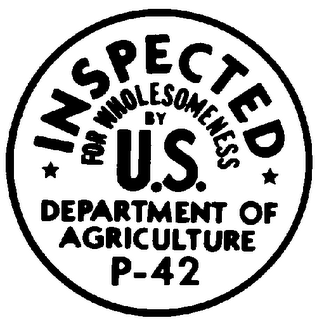
USDA
Certification charge
is included in Shipping and Handling
@ $5 fee per
item/species.
There is a
packing & custom boxing fee.
Last and
usually least is USPS postage (shipping).
 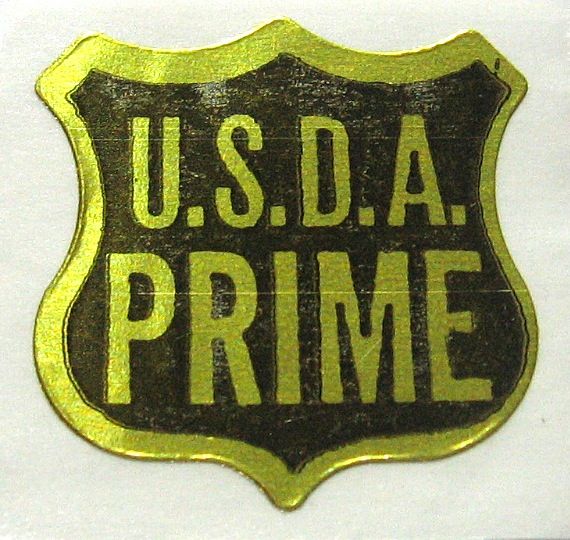
ATTENTION INTERNATIONAL BIDDERS!
We can ship live plants to the US only. Only Domestic Shipping and Handling
includes USDA Certification.
We ship Seeds Internationally.
All International shipments are at Buyer's
Risk. Please spend no more more than you can lose!
Proper Permits and Documents are the
BUYER's responsibility.
Please request any documents prior to shipping.
For foreign customers, please check your laws concerning permitting and customs,
additional shipping and handling costs may apply.
The additional charge for any Phytosanitary Certificate is not included in this offer.
INTERNATIONAL SHIPPING ON LIVE PLANTS is available only under these conditions!
All international orders
are shipped at the
BUYER's RISK
(shipped with or without
documents) and no refunds or replacements are offered for Dead On
Arrival, loss, confiscation, Customs Seizure, unanticipated charges,
etc.

|
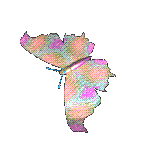
 Payment
Payment

We
accept online payments only through PayPal, Cash payments are only acceptable for
in-person payments and cash-on-delivery (COD). Cash payment can not be sent through the
mail.
Please only one Paypal payment. SO THE COMBINED SHIPPING RULE WILL CAN
BE USED. Multiple paypal payments are NOT eligible for
discounts.
We will ship once a week - ON or BEFORE WEDNESDAYS, because
of the special stamps needed to ship plants and cuttings to you. This can only be
done at the Dept. of Agriculture. If payments are not met before that MONDAY, your
items will be shipped the following week and lose the combined discount opportunity.
Non-paying bidders may receive negative feedback and will be reported as an unpaid item to
eBay.

COMBINED
SHIPPING POLICY
INTERNATIONAL
SHIPPING is not included in this offer.
INTERNATIONAL SHIPPING ON LIVE PLANTS on a case by case
basis.
We will combine shipping for auctions won on the same week paid with same paypal payment.
This policy is good for auction items bought and paid for in the week ending MONDAY.
Payment must be received
within 7 days of the auction ending.
Combined
Discounts Won Auctions
For 2-3 winning auctions, the combined discount is 10% of the total Shipping and Handling
charges. For 4-7 winning auctions, the combined discount is 20% of the total Shipping and
Handling charges. For 7+ winning auctions, the combined discount is 30% of the total
Shipping and Handling charges.

 As each order is packed and prepared separately you will pay the quoted S/H charges
individually per item. If you buy the same species in that item it does calculate out the
discount (i.e.: additional item $3.61). My stores' combined shipping is built in for same
items rather than a varied selection. Includes postage, USDA certification and inspection,
proper packing and delivery to Airport for prompt delivery. I can’t really change any
of these. If you want one of this and one of that, it gets hard to discount much as each
different species requires it's own prep & packing, then at USDA each has to be
unwrapped and inspected then repacked. USDA requires me to clean and prepare every last
piece before we drive them to the
As each order is packed and prepared separately you will pay the quoted S/H charges
individually per item. If you buy the same species in that item it does calculate out the
discount (i.e.: additional item $3.61). My stores' combined shipping is built in for same
items rather than a varied selection. Includes postage, USDA certification and inspection,
proper packing and delivery to Airport for prompt delivery. I can’t really change any
of these. If you want one of this and one of that, it gets hard to discount much as each
different species requires it's own prep & packing, then at USDA each has to be
unwrapped and inspected then repacked. USDA requires me to clean and prepare every last
piece before we drive them to the Inspection Station on the other side of the island. It
takes my wife and I, a day to pack items and get ready to ship. The whole next day we
drive around the island and get inspected (2-3 hours), then drive to the Airport Post
Office to drop off. It takes the same work with the same type item if you can understand. Inspection Station on the other side of the island. It
takes my wife and I, a day to pack items and get ready to ship. The whole next day we
drive around the island and get inspected (2-3 hours), then drive to the Airport Post
Office to drop off. It takes the same work with the same type item if you can understand.
|
LIVE PLANTS ARE PERISHABLE.
For this reason uninsurable.
When you order a plant we assume you are prepared to care for it.
Please have potting media and a container prepared for your plant
before it arrives. Shipping can be stressful on a plant, and any
mistakes that you make upon arrival can stress the plant further,
which is not good. Proper care is critical upon arrival. It is your
responsibility to know how to care for the plant.
Not every plant that I order through
the mail survives, and I am aware of that and accept the risk when I
order. This is the risk that you as the buyer accept, because there
is no way to know what kind of conditions it will endure in the trip
to your door. My responsibility ends when a live plant is delivered
to your door. Live arrival is guaranteed, eternal survival is up to
you.
Do NOT email me a week after potting your plant, and make a claim it
arrived damaged. From delivery confirmation, you have only 48 hours from
delivery confirmation to make any claim.
|
All claims need to be supported with
Photos of the damaged plant(s) as packed/unpacked, the box if damaged,
the packing materials and any documents. I am very reasonable and
understanding, anything can happen to small plants in transit.
The expense to send it to you is most
of your payment. To send any replacement (s), I try to piggy back with
your next order.
Replacement is not an option for
CUSTOMS SEIZURE.
ALL OF MY ITEMS ARE SHIPPED USDA
CERTIFIED WITHIN THE U.S.-
USDA and USPS fees are included in the actual cost of shipping and
Handling.
Please do not leave a 1 or 2 in my
detailed seller ratings for postage fees or any reason really because I
will have to charge even more rather than to ship items the best way and
use the least expensive way. These are coming from Hawaii. The only
thing inexpensive here in Hawaii are my items!! I do ship all my items
promptly via best method--if you feel like the combined shipping fee is
wrong, please wait to be invoiced and check back with me-I value your
business and will work diligently to keep you satisfied. I am very
generous and reasonable with reasonable people, just ask.
|
|


my
dog Taz will fetch your email to me
If you are dissatisfied
with the item, please contact me
before leaving a
negative or neutral comment.
I want you to be
satisfied.
Mahalo iâ `oe no ke kipa
`ana mai. E kipa mai hou!
Mahalo & Aloha!! |
Rare Palm Seeds
Fresh
Highest Quality
Seller warrants seed to be of the variety and quantity advertised.
Safe delivery is guaranteed and seeds lost or damaged during shipment will be replaced at
seller's expense. Claims must be made within 7 days of shipment. All other replacements,
refunds, returns and exchanges will be made at the sole discretion of the seller.
Seed is a live product which depends on many important related grower skills such
as proper planting time, seed depth, type of soil, irrigation, proper use of fertilizers,
weed controls, fungicides, insecticides, disease free soil, and reasonable weather
conditions during the growing period. Germination is affected by such factors as
temperature, moisture content, light intensity and contamination of planting media. These
factors are totally out of the seller's control and are the buyer's responsibility and
risk. Consequentially, the seller cannot unconditionally guarantee seed to perform
properly regardless of conditions or the buyer's methods or mistakes.
|

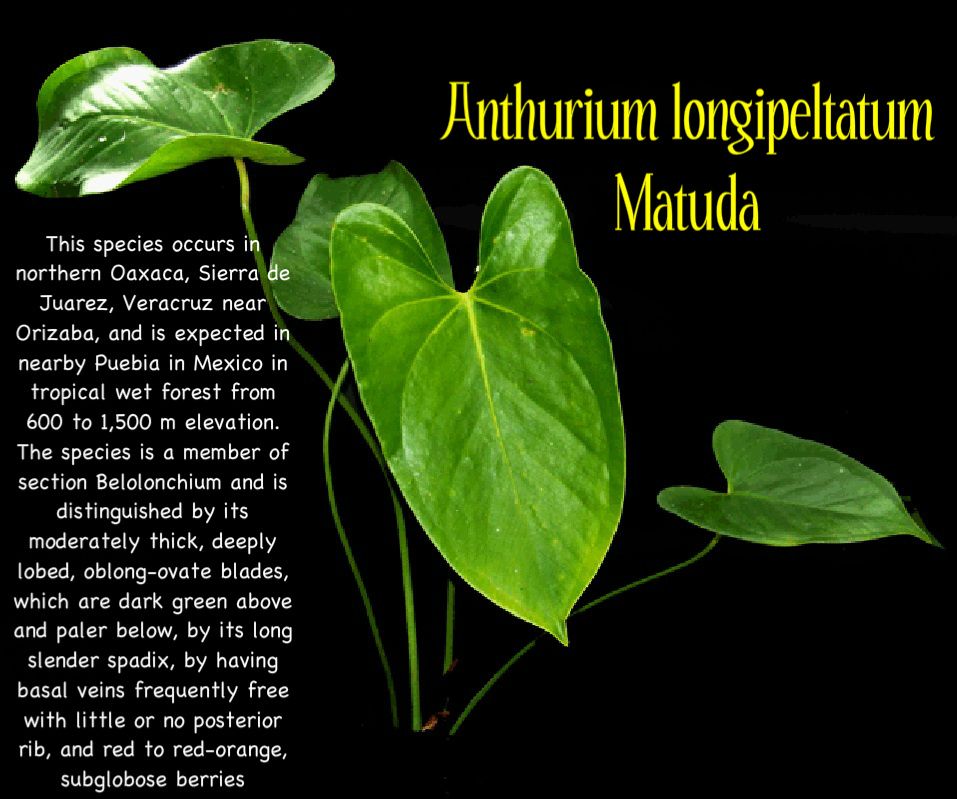

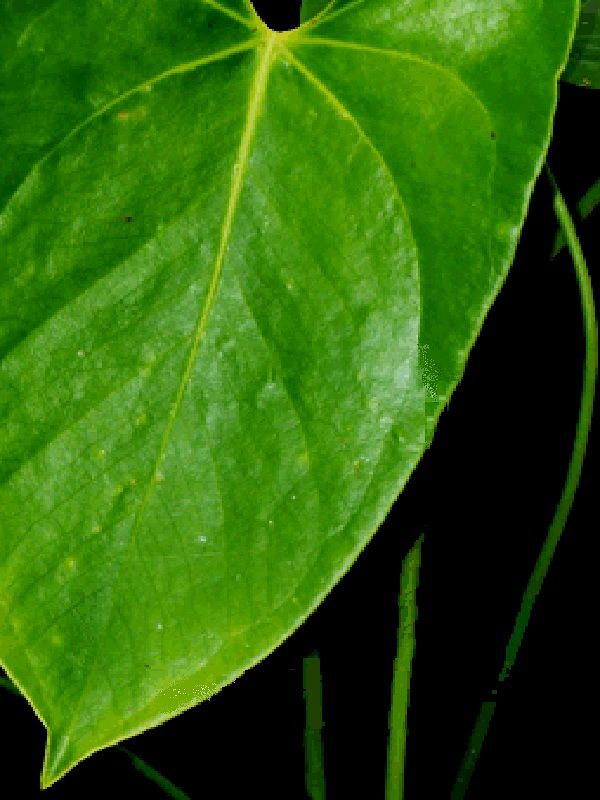
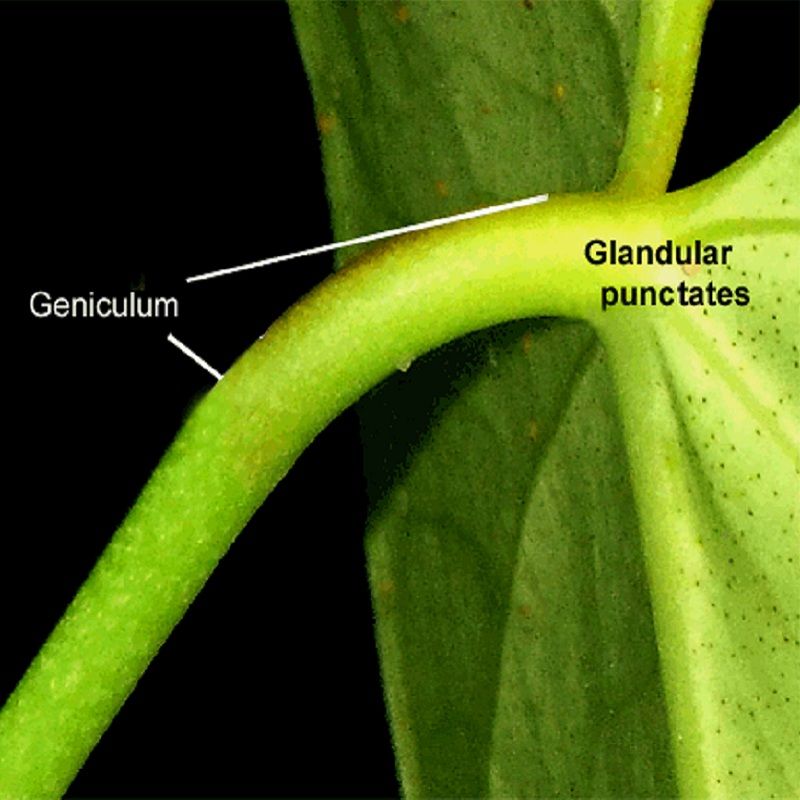

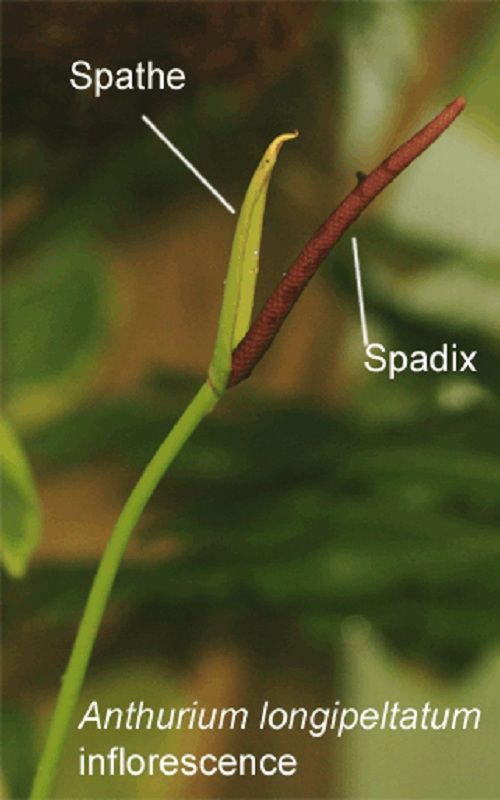





 All live plants are shipped bare-root wrapped
All live plants are shipped bare-root wrapped
 in moist
sphagnum moss to ensure the plant’s healthy
transit to you. All live
plants are Inspected By USDA Plant Inspectors before they are
shipped to insure you get healthy pest free plants and seeds.
in moist
sphagnum moss to ensure the plant’s healthy
transit to you. All live
plants are Inspected By USDA Plant Inspectors before they are
shipped to insure you get healthy pest free plants and seeds.










